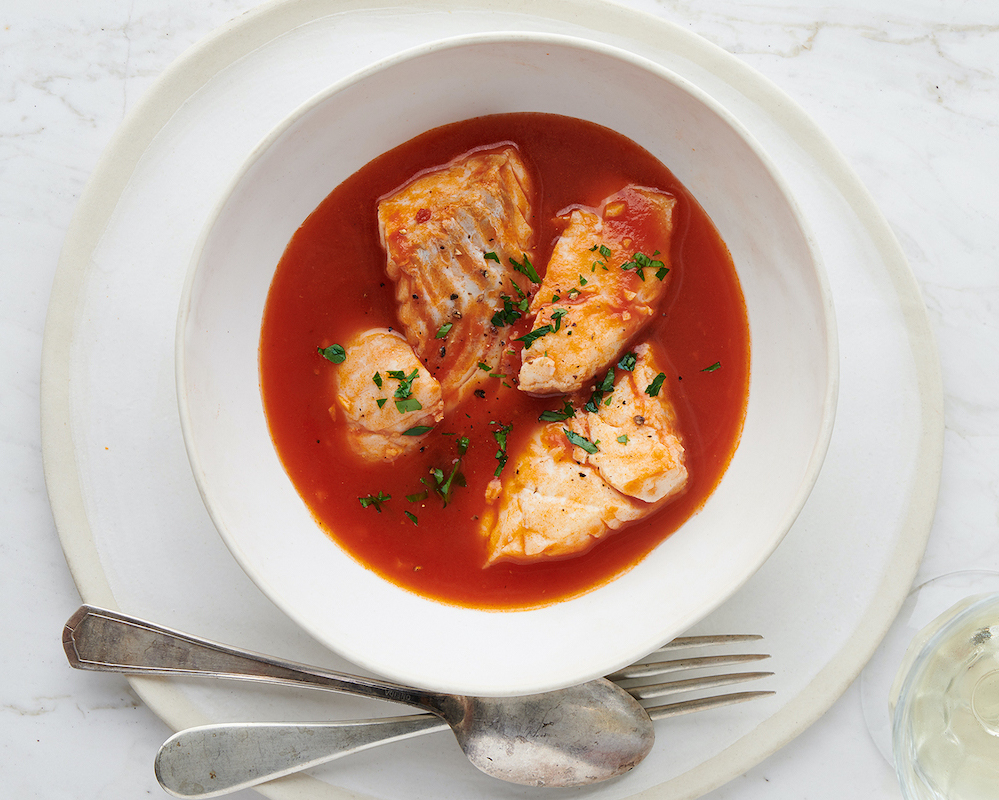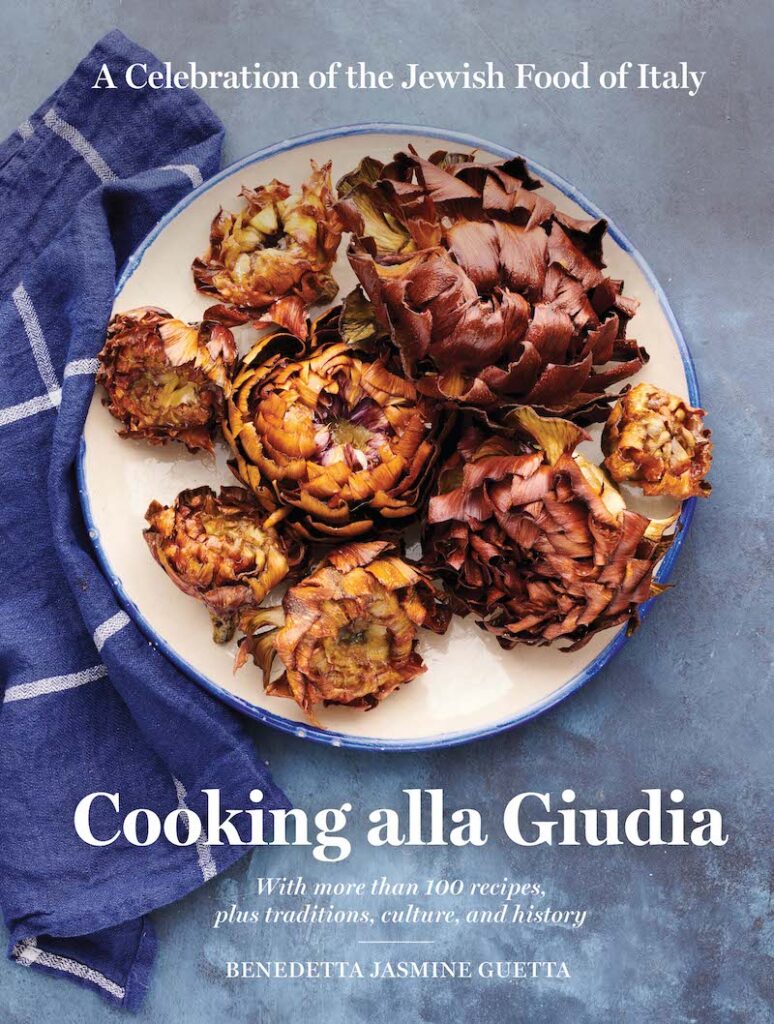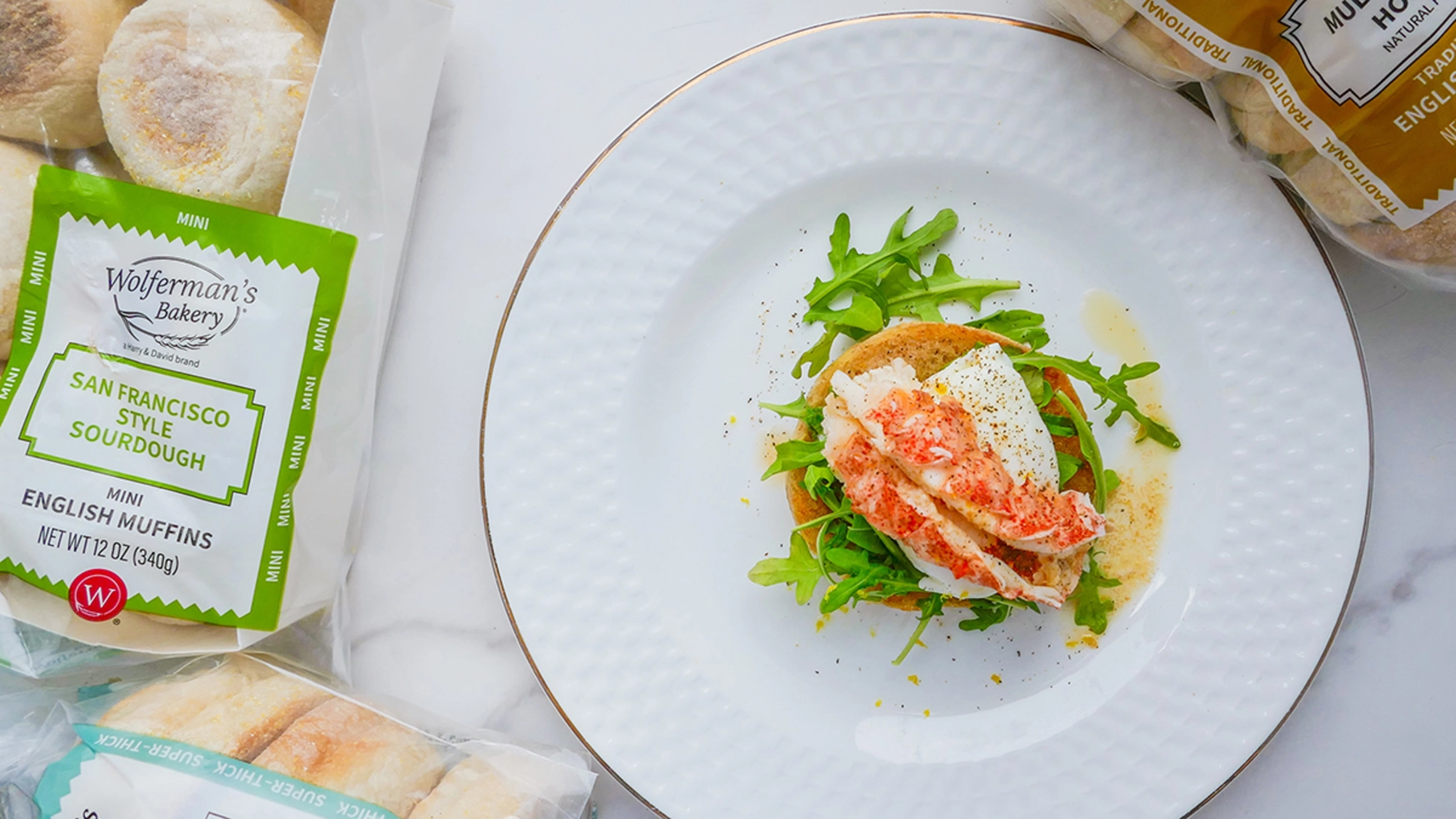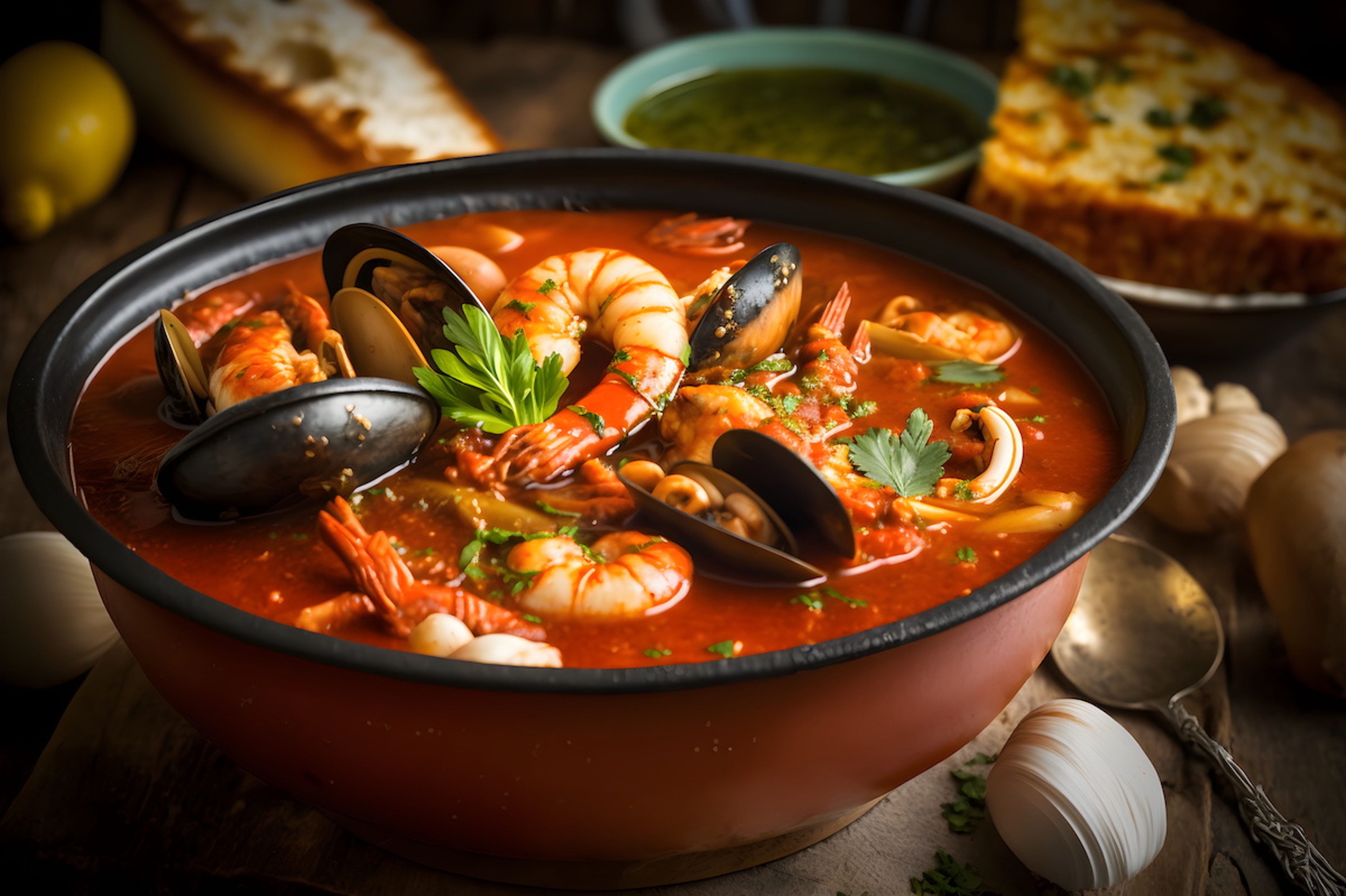Italian Fish With a Jewish Twist
Chef Benedetta Jasmine Guetta explores the Jewish food of Italy, including the fish soup zuppa di pesce.
Jun 11, 2022
Gefilte fish, lox, whitefish salad: These are the seafood savories you'll likely find as part of a Passover meal or a synagogue bar mitzvah spread.
But prepare to broaden your horizons. A groundbreaking cookbook, Cooking alla Giudia: A Celebration of the Jewish Food of Italy by chef Benedetta Jasmine Guetta, includes none of those predictable dishes.
Instead, prepare to feast your eyes, and palate, on dishes like the iconic artichokes of Rome, carciofi alla guidia, the fish soup zuppa di pesce, and bagna cauda, a warm dipping sauce made of anchovies.
"Our culinary history is our own," says Guetta, a native of Milan, referring to Jews in Italy. "We don't have matzo balls."
Italian fish goes "Giudia"
Many Jews in Italy trace their roots in that region back for millennia.
When the Romans took Jerusalem in 70 A.D., they shipped thousands of Jews to Rome as slaves. The descendants of these ancient Jews are sometimes called, simply, Italiani.
Guetta, who co-founded the first Jewish kosher cooking blog in Italy, tells the stories behind her recipes in elegant prose.
The seafood soup known as zuppa di pesce, for example, dates from a time when some 2,000 Jews lived in a Roman ghetto near an old fish market. Women collected scraps of fish after the market closed and turned them into a delicious soup.
Similarly, caciucco, a stew from Livorno, along the Tuscan coast two hours west of Florence, is also made from odds and ends of assorted fish.

Oppression, Guetta writes, was the driver of many recipes. In 1661, Christian authorities forced a rabbi in Rome to set absurdly limiting rules on Jews. Among them was banning them from eating certain salads and basically any fish other than anchovies and sardines.
Adapting to circumstance
Ever creative, and allowed to eat curly endive, the Jews layered the vegetable in a baking dish with anchovies and made aliciotti con l'indivia.

Italian dishes, Jewish or otherwise, don't typically use canned sardines, Guetta advises, but canned anchovies and tuna are fine.
So bagna caudi, from the Piedmont region bordering France and Switzerland, is a rich mix of garlic, cold butter, and anchovies. Infinitely adaptable, one can make it with or without red wine or milk. Served in a bowl or fondue pot, it often appears around the time of the grape harvest. Serve it with boiled eggs, bread, bell peppers, or "virtually any vegetable," Guetta says.
Flexibility is a continuing theme both in Jewish-Italian culture generally, and recipes particularly. Tuna pâté works well for Shabbat, when observant Jews don't cook. With the help of a food processor, you'll mix boiled potato, egg yolks, canned or fresh cooked tuna, and butter; form it into a log; chill in the refrigerator for at least two hours; and serve it with crunchy sourdough.
Another tuna option: a loaf seasoned with Parmesan, capers, anchovies, and nutmeg, known as polpettone di tonno.
Baccala, or salt cod, which you can make with fresh cod as well, can be fried, prepared in tomato sauce or, in baccala alla vicentina, cooked with cheese and milk. That's most likely a Jewish idea, Guetta observes.
Jewish-Italian fish is sweet and sour, like life
Many Jewish-Italian fish dishes are sweet and sour, sometimes by means of raisins or pinenuts, suggesting Arab origins. In Jewish tradition, sweetness symbolizes good luck.
Try cod or haddock with sweet and sour additions, and you'll replicate the style Roman Jews used to serve fish on the eve of the Yom Kippur fast.

Continuing the sweet-sour theme, Triglie alla Mosaica, named after Moses, is often served in Livorno on Rosh Hashanah, the Jewish New Year. It's a simple, slightly sweet tomato sauce you can try with a favorite fish.
New country, new possibilities
New horizons opened for Guetta when love for her partner brought her to Santa Monica, California. She remains impressed by the market with the abundance of choices of tuna. "In Italy we only have yellowfin," she says, "Here you have albacore, and ahi ahi, which is my favorite."
Her next book, she hopes, will honor the origins of her father, who hails from Libya. Many Jews fled that country in the 1960s, arriving in Rome. Their most famous dish is hraimi, a preparation of tuna seasoned with tomato, chili and caraway seeds.
Prepare to encounter another realm of delicious cross-cultural creations.






